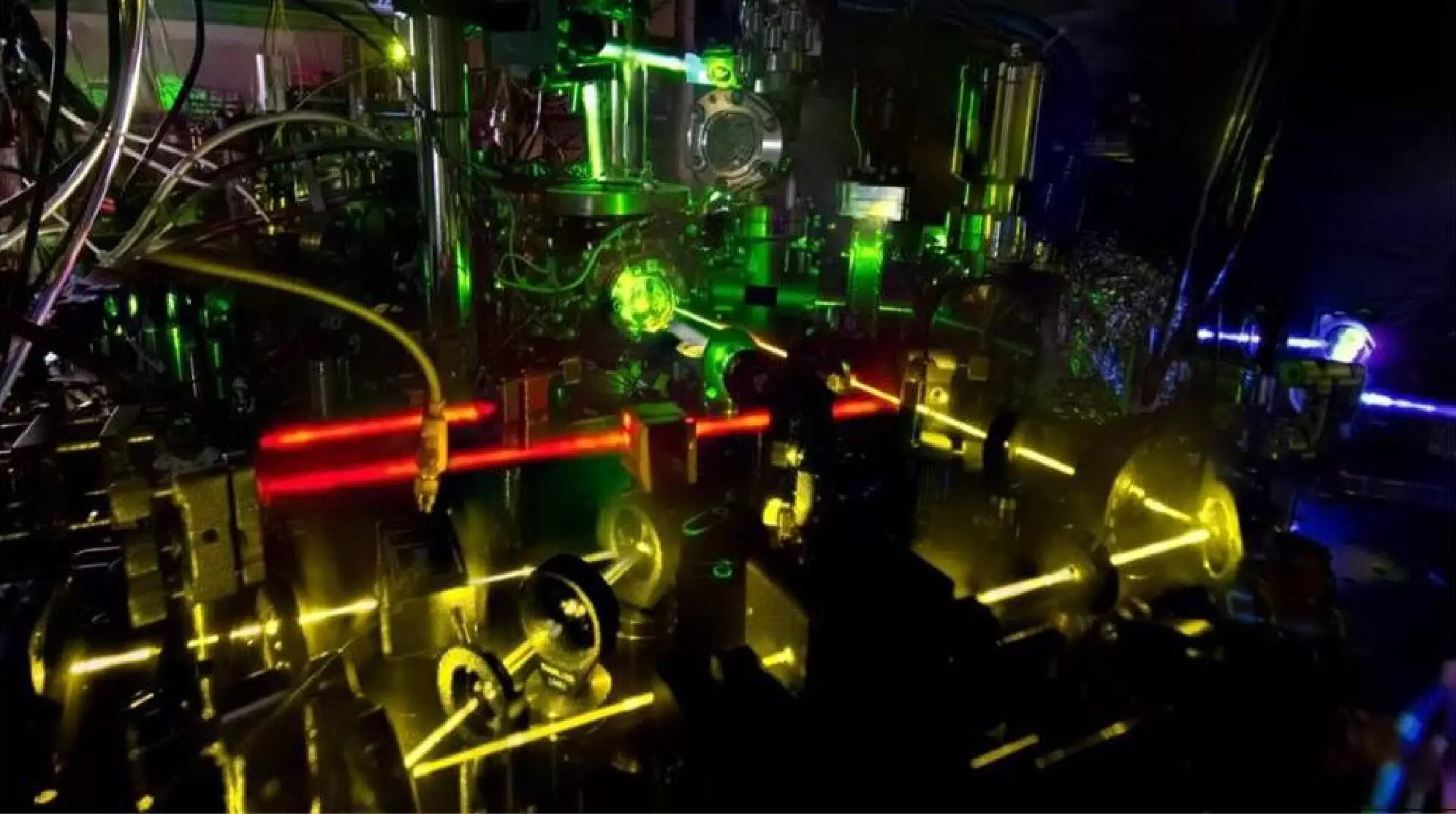Recent research from the Neutral Atom Optical Clocks Group at the National Institute of Standards and Technology (NIST), in collaboration with the University of Colorado and Pennsylvania State University, has introduced a groundbreaking technique in the realm of atomic clocks. By utilizing a novel sub-recoil Sisyphus cooling method, this study aims to significantly enhance the precision of atomic clock measurements. The findings, detailed in a recent issue of Physical Review Letters, not only shine a spotlight on the potential for improved optical lattice clocks but also open avenues for advancements in various quantum metrology applications.
The principle behind Sisyphus cooling is rooted in laser manipulation of atom temperatures, enabling scientists to reach remarkably low thermal states. Traditional atomic clocks rely on the oscillatory behavior of atoms to measure time with extraordinary accuracy; however, achieving the requisite stability and precision is contingent on the mastery of atom temperature. The newly developed technique allows researchers to strategically adjust the energy states of atoms to minimize kinetic energy, making them ideal candidates for high-resolution frequency measurements.
Chun-Chia Chen, a co-author of the study, emphasized the role of high precision spectroscopy as a cornerstone of atomic physics, referencing its extensive history and diverse applications. The researchers’ work, particularly in the context of anti-matter, exemplifies the innovative spirit within this field, as evidenced by ongoing studies at advanced research facilities like CERN.
The development of the Sisyphus cooling technique arose from a thorough examination of existing research. The team discovered a paradigm in cooling methods for hydrogen and anti-hydrogen, which inspired their own modifications tailored to enhance atomic clock performance. By capitalizing on principles from this work, they constructed a method that utilizes ultra-narrow laser transitions in ytterbium to facilitate a new level of cooling.
As Chen articulated, the ability to engineer energy states with periodic modulation presents opportunities to dictate precisely where in the cooling process atoms are excited. This innovative approach largely circumvents the traditional challenges limiting clock precision by ensuring that energy shifts occur at optimal points within the potential landscape of trapped atoms.
Central to the researchers’ advancements is the belief that the benefits of cooling enhance not only the samples’ stability but also the timekeeping functionality of the clocks themselves. The introduction of an engineered spatially dependent energy shift is crucial, as it creates gradient potentials that ultimately benefit high precision measurements by accommodating the unique characteristics of quantum states within atomic systems.
By alleviating differences in trapping potentials across atomic states, researchers were able to achieve a high level of uniformity in their samples. This meticulous engineering is essential for atomic clocks, which require exceptional precision to maintain their temporal accuracy. The introduction of the Sisyphus cooling method serves as a catalyst for these improvements, aligning well with the trend of striving toward greater accuracy in atomic timekeeping.
This innovative cooling technique holds promise not only for current atomic clock technologies but also extends its utility into emergent fields such as quantum computing and information processing. As researchers continue to test and refine the Sisyphus cooling process, the potential applications seem boundless. The next steps involve applying this method in the advanced optical lattice clocks being developed at NIST, with the hope of reducing the impacts of trapping effects on clock frequency.
Andrew Ludlow, another researcher involved in the study, reiterated the importance of creating atomic ensembles with highly uniform conditions. By enhancing the cooling capability, they can achieve a finer calibration of the clock’s operational parameters. The goal is to generate environments where the effects of trapping lasers are negligible, ensuring the ultimate precision of atomic timekeeping.
The research undertaken by the NIST and its collaborators symbolizes a significant leap in the quest for precision in atomic clocks. This work not only reinforces the fundamental principles underpinning atomic physics but also sets the stage for future exploration and technological advancements in the field. As ongoing studies seek to exploit the full potential of the Sisyphus cooling technique, the implications for science and technology could be far-reaching, heralding a new era of accuracy in time measurement. By continuing to merge innovative methodologies with established principles, researchers are poised to transform our understanding of atomic behavior and its real-world applications, particularly within the burgeoning realms of quantum technology.

